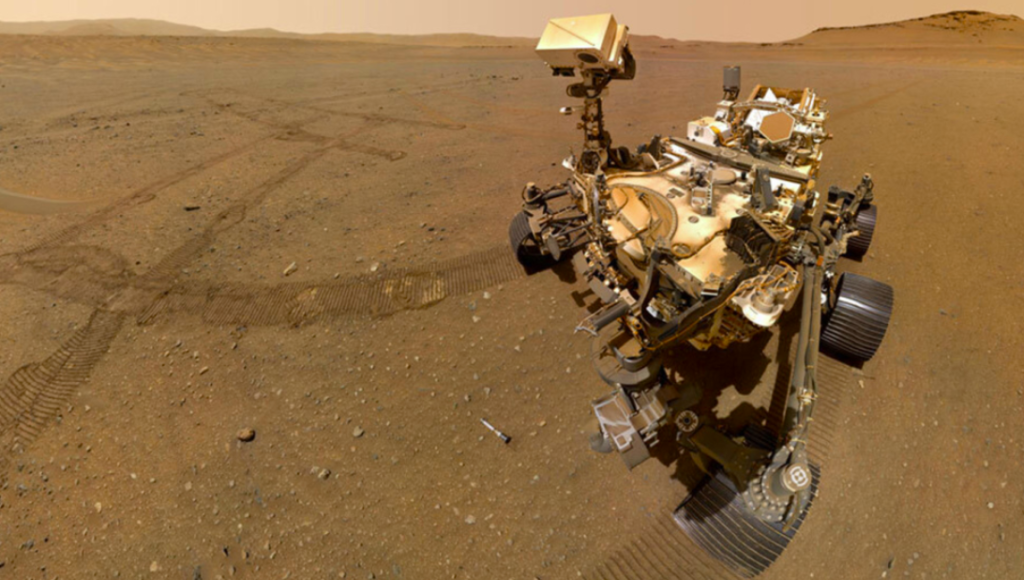

After nearly three Earth years on Mars, the Perseverance rover has accomplished a milestone that is exclusive to Mars. Now, the wheeled explorer has spent 1,000 Martian days, or sols, on the red planet. While there is still more work for the rover to undertake, NASA notes that it will take some time to showcase the mission’s successes and display Perseverance’s rock sample gathering. Although that initiative has encountered difficulties, NASA and the ESA intend to return these samples to Earth in the future.
On February 18, 2021, Perseverance touched down in Jezero Crater, a 28-mile (45-kilometer) hole in the barren terrain that was created some 4 billion years ago. NASA selected this landing site because satellite photos revealed a distinct river delta in the crater, suggesting that a lake formerly occupied the area. These kinds of deltas gather debris that comes in with the water and bury it under strata that reveal the topography of the area.
The rover started its investigation by looking at the Jezero Crater floor, discovering that it is made of igneous rock, which was created by volcanic activity. Later, the rover found mudstone and sandstone, providing more evidence that an old river had once poured into the crater. There are salt layers above those rocks, which are probably the consequence of water evaporating when the lake dried up. Large stones were dispersed around the region in later ages as the crater was filled with water that washed into it.
There are currently twenty-three rock core samples that tell the story of Jezero. An innovative sample caching system included into the rover’s architecture allows it to sample, image, analyze, and store rocks for further research. Perseverance can gather up to 38 samples altogether. There are duplicate tubes inside the robot’s belly in addition to the ones it has already left in the improvised sample storage on the surface (see above).

One of the rovers’ missions is to look for life, and a few of the samples include organic chemical evidence. Organics may have non-biological origins, but they may also indicate the presence of prehistoric Martian life. The rover has also collected materials that have elevated phosphate concentrations, a substance present in DNA and cell membranes. Certain samples also include fine silica, which is perfect for conserving Earthly fossils. While perseverance can provide some analysis while on the ground, it is preparing the way for a future mission that may provide far more information.
NASA and ESA are working together on the Mars Sample Return (MSR) mission. The intention is to retrieve the samples of Perseverance from Mars and return them to Earth. New technology will be needed for this expedition, and many specifics are still unknown. NASA recently said that in order to resolve financial concerns, MSR work will need to be put on hold. The mission may be trimmed back, but Perseverance is already on Mars and doing a great job carrying out its portion of the task. To let the chance pass up would be unfortunate. Nevertheless, Perseverance has a long way ahead of it if it is anything like its twin Curiosity rover. Perseverance might be prepared to provide a robotic grasper when needed, even in the event that MSR is delayed.